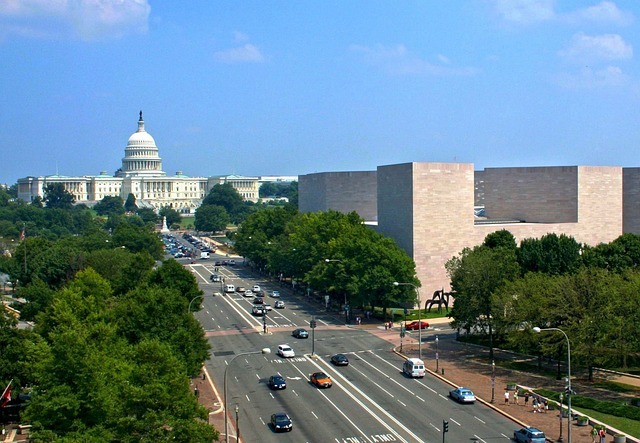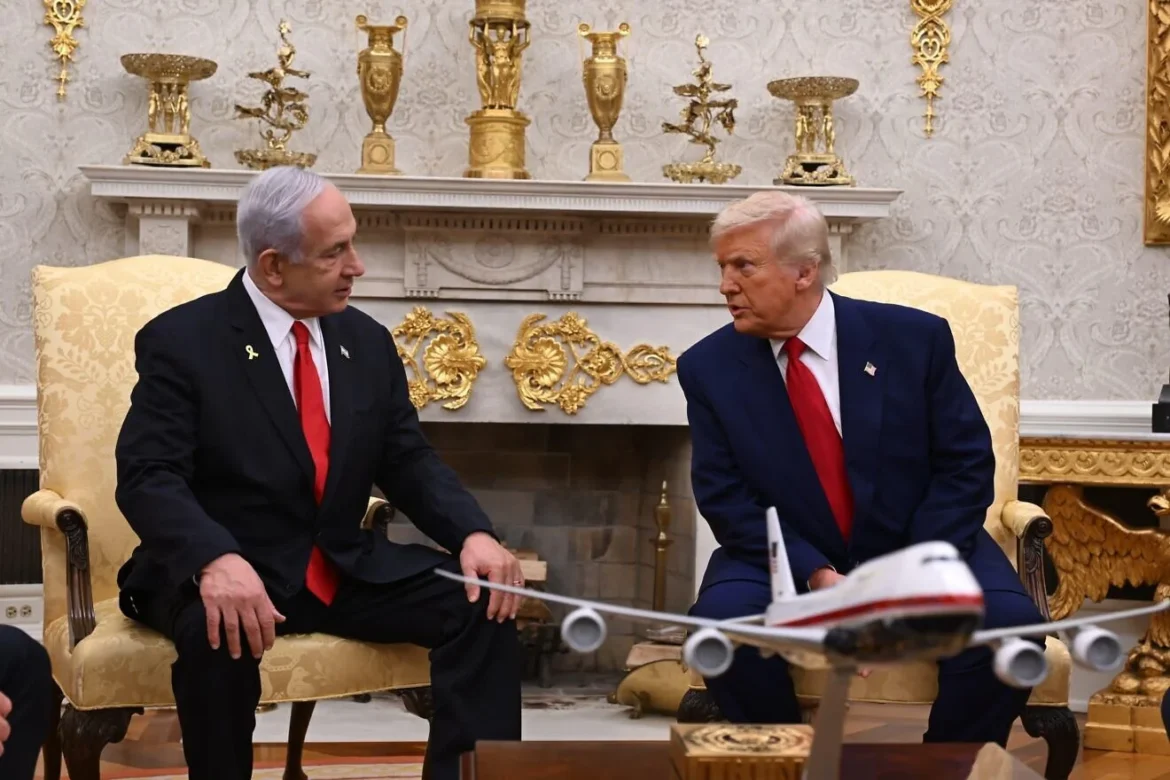People are struggling to understand “how to recognize it, what causes it, what it says about our societies and the risks we all face, Jewish or not,” says historian Edna Friedberg.
Jan Lee
(JNS)
This year, as we honor Yom Hashoah on April 23-24—Israel’s official memorial for the 6 million Jews killed during the Holocaust—we’ll again be doing so under the pall of another mass atrocity: Oct. 7, 2023. The Hamas-led terrorist attacks in southern Israel that resulted in the murder of 1,200 people and the kidnapping of 251 others underscore how important it is to continue to acknowledge the Shoah’s troubling legacy. But the Oct. 7 tragedy also reminds us that events that happen and affect us in our own lifetime can be powerful motivators to change.
For years, educators have been warning about the declining state of Holocaust literacy in North America. Surveys, like the one released by the Pew Research Center in 2020, paint a stark picture when it comes to Americans’ knowledge of what occurred under Nazi Germany. Only 69% of the U.S. adults surveyed could accurately answer when the Holocaust took place. Less than half of respondents knew how many Jews were killed by the Nazis. Even fewer could answer how Adolf Hitler came to power.
Shortly after Oct. 7, however, Holocaust education centers like the United States Holocaust Memorial Museum began to notice an uptick in interest in their programs. Those educational displays that discuss the causes and effects of Jew-hatred are gaining increasing attention now, including from visitors not familiar with the age-old scourge.
“Many people are being exposed to the term for the first time,” USHMM historian Edna Friedberg told me during a recent conversation. “People are struggling to understand antisemitism—how to recognize it, what causes it, what it says about our societies and the risks we all face, Jewish or not.”
Friedberg believes that the Oct. 7 attacks and the escalation of anti-Jewish behavior that followed are now prompting Americans to ask more questions about what occurred during the Holocaust. “The rise in global antisemitism before Oct. 7 and its global eruption afterward should reinforce to all of us that longstanding antisemitism is what made the Holocaust possible and its continued threat,” she said.
If we want younger generations to understand the link between antisemitic behavior and the risk of tragedies like the Holocaust and Oct. 7, shouldn’t we be discussing the global history of Jew-hatred as well?
For my grandparents’ and parents’ generations, the Holocaust was a singular event—one that wasn’t necessarily discussed in relation to its cause (namely, antisemitism) the way it is today. The traumatic events of the Holocaust were for its survivors events to forget. Nor were they topics one necessarily talked about with family or members of the wider community. For my generation, asking about our grandparents’ experiences growing up in Europe or Russia was off the table, so acknowledgement about the dangers of antisemitism was as well.
I believe that this may be one of the reasons why America’s youngest generations today have such a disjointed understanding of what fueled the Holocaust. Antisemitism isn’t something that the Nazis created in Germany; it was an ancient set of social attitudes that they capitalized on, as old as Jewish culture itself.
“We must start by no longer trying to isolate the Holocaust from the rest of Jewish history or contemporary struggles,” wrote Jonathan Tobin, editor-in-chief of JNS.org, in his column, “Yom Hashoah After Oct. 7: How Holocaust Education Failed” (May 6, 2024). Although Tobin’s observation was made specifically in the context of how Holocaust education is often taught in American schools, it’s a statement that is just as relevant when it comes to the message we impart in our Holocaust memorials, museum exhibits and other educational venues.
If we want younger generations to carry on the lessons we are imparting today about the dangers of antisemitism, we need to be willing to discuss antisemitism’s millennia-long history, as well as the role it played in fomenting a major event like the Holocaust. The tragedy of Oct. 7 did something extraordinary: It inspired people to seek out knowledge independently that they may have felt they weren’t getting in schools and through the media.
We now have an opportunity to build upon that momentum by expanding how we talk about antisemitism globally and why the victims of the Holocaust are never forgotten, and are still honored today.
Image: Students participate in the Lehigh University Hillel silent walk on campus to commemorate Yom Hashoah, Holocaust Remembrance Day, on April 15, 2015. Credit: Public Domain, Lehigh University Hillel.
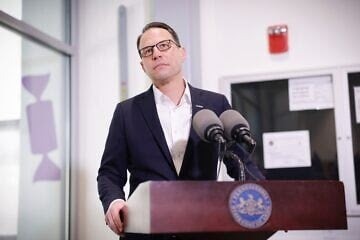

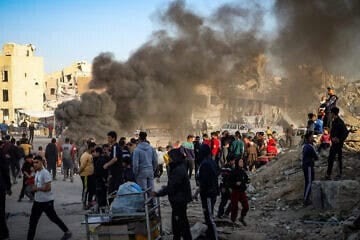


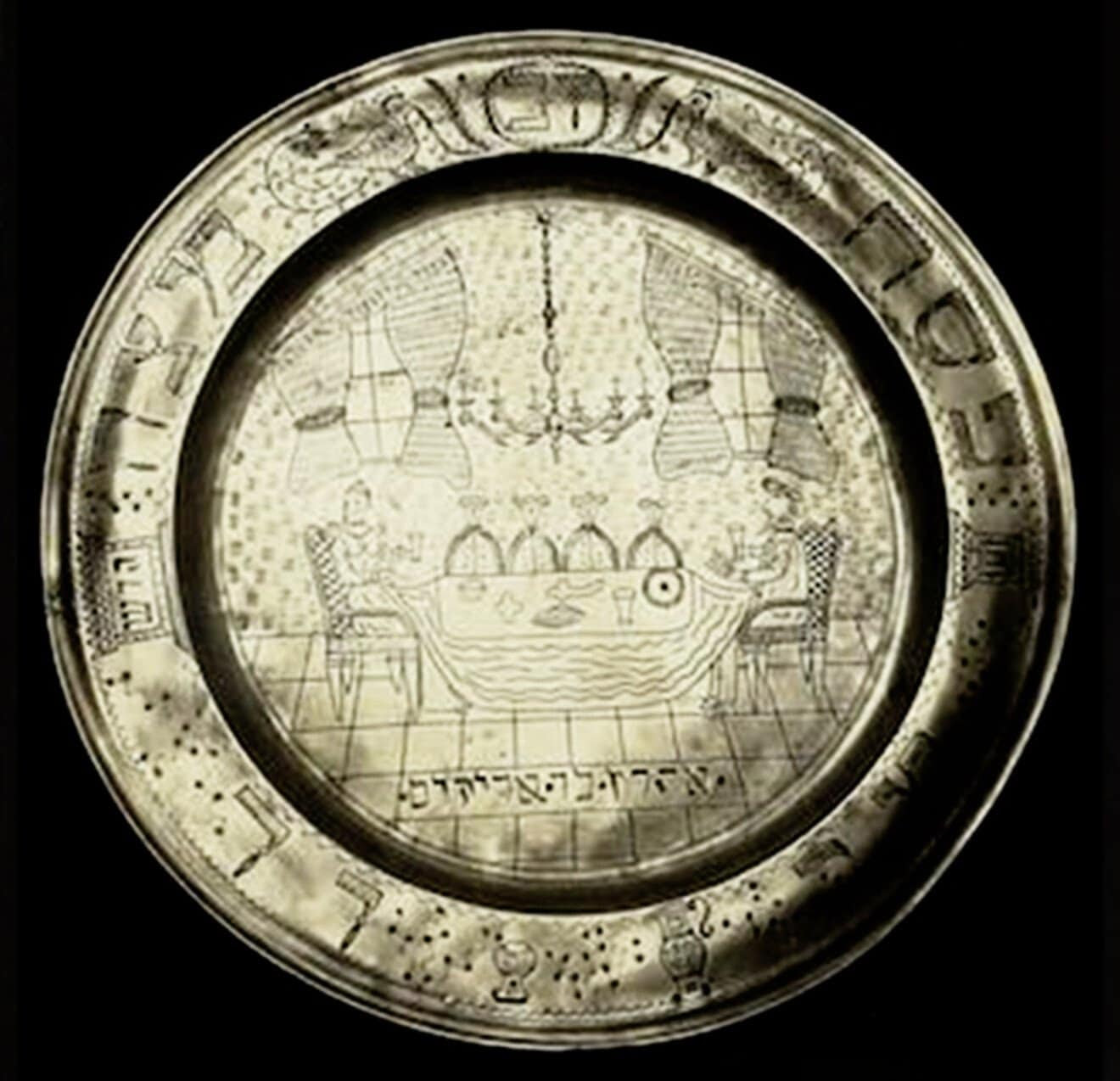
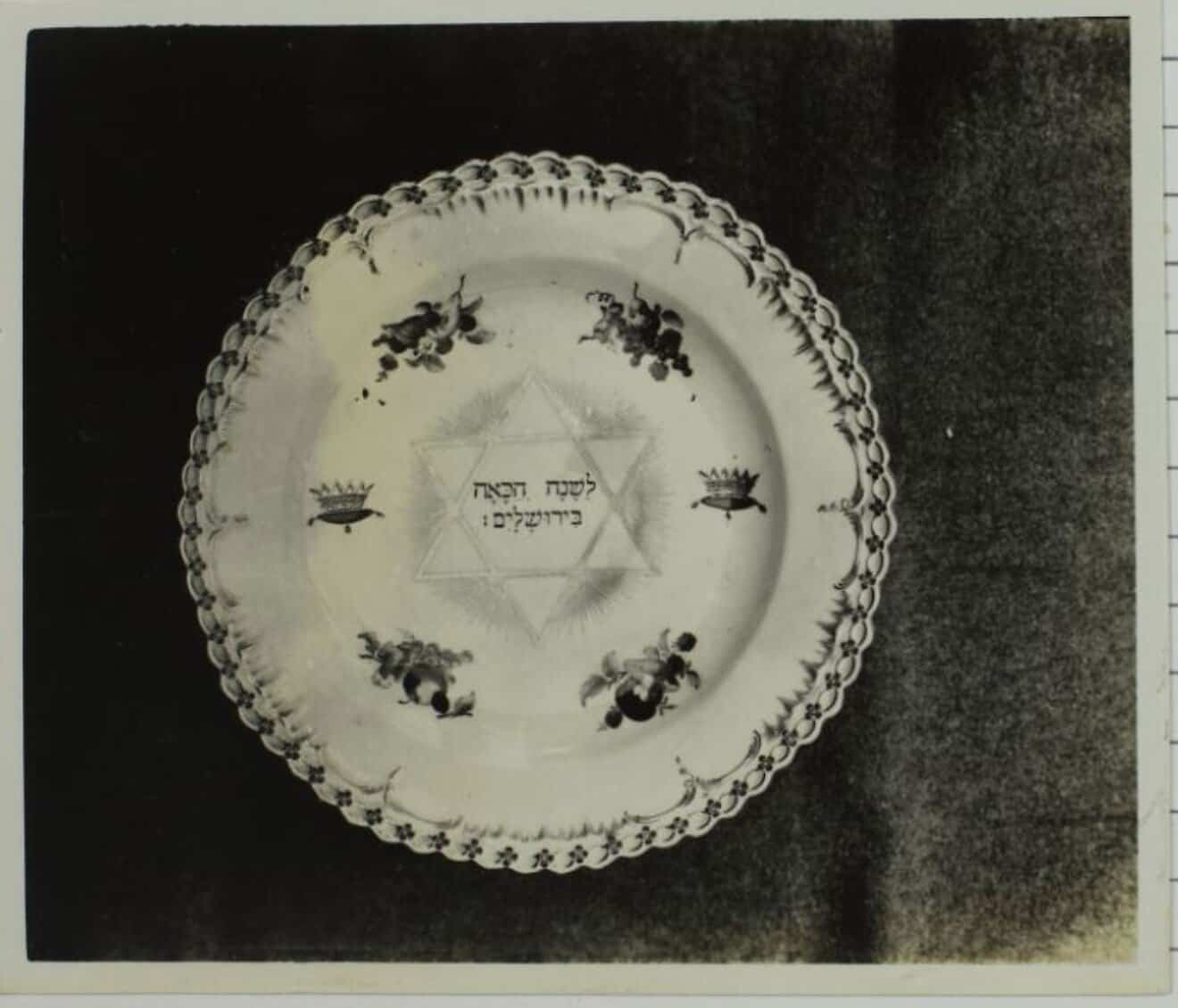
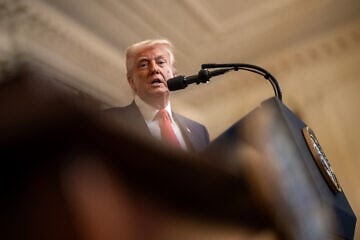

 DISMANTLED: Hamas Command and Control Center 𝗜𝗻𝘀𝗶𝗱𝗲 Al Ahli Hospital
DISMANTLED: Hamas Command and Control Center 𝗜𝗻𝘀𝗶𝗱𝗲 Al Ahli Hospital
